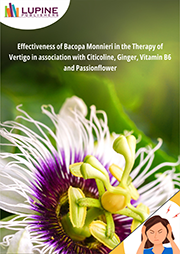Lupine Publishers Group
Lupine Publishers
e-Prints
Statistical Study of the Effectiveness of EAT Treatment for Chronic Epipharyngitis
by Hirobumi Ito*
Abstract: Introduction: However, few studies have compared the outcomes of EAT to those of conventional blind epipharyngeal abrasive therapy (B-spot therapy). Subjects and Methods: EAT was performed on 546 patients with chronic epipharyngitis who visited our clinic between August 2018 and August 2019. A retrospective observational study was conducted on 55 of these cases that received a cure decision. As evaluation indices, the bleeding score and the EAT score were used. Multiple regression analysis was used to see if a prognostic indicator could be constructed using age, gender, disease duration, gross histology, EAT score, and bleeding score as evaluation indices. Results: Chronic epipharyngitis was more prevalent in middle-aged and elderly women, and Mf type was more prevalent in women. After about 2 months of treatment, the cure case group showed improvement in subjective symptoms, and after about 4 months of treatment, the bleeding findings improved, and a cure decision was made. Multiple regression analysis revealed that the Mf type had a shorter healing period, and the higher the EAT score at the initial visit, the more treatment sessions were required. Tissue type and EAT score at the initial visit were thought to be factors influencing healing time. Discussion: At the initial visit, tissue type and EAT score were beneficial prognostic indicators. It is critical to treat patients based on changes in the bleeding and EAT scores.
View PDF









.png)












